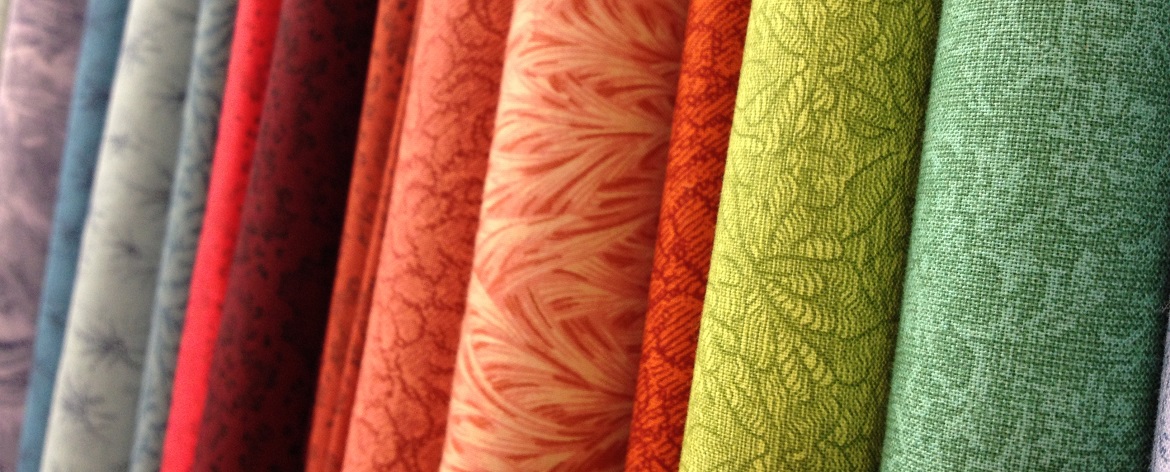Upholstery is the work of providing furniture, especially seats, with padding, springs, webbing, and fabric or leather covers. Traditional upholstery uses materials like coil springs (post-1850), animal hair (horse, hog and cow), coir, straw and hay, hessians, linen scrims, wadding, etc., and is done by hand, building each layer up. In contrast, modern upholsterers employ synthetic materials like dacron and vinyl, serpentine springs, and so on.
Now comes the decision of which upholstery and where you wish you implement it. How will your upholstered pieces be used in your home? sofas, chairs, and ottomans receiving only moderate amounts of wear will do fine with a less durable fabric. However, pieces subjected to daily heavy wear need to be covered in tough, durable, tightly woven fabrics.
Natural Fabrics
Linen: Linen is best suited for formal living rooms or adult areas because it soils and wrinkles easily. And, it won't withstand heavy wear. However, linen does resist pilling and fading.Leather: This tough material can be gently vacuumed, damp-wiped as needed, and cleaned with leather conditioner or saddle soap.
Cotton: This natural fiber provides good resistance to wear, fading, and pilling. It is less resistant to soil, wrinkling, and fire. Surface treatments and blending with other fibers often atone for these weaknesses. Durability and use depend on the weave and finish.
Wool: Sturdy and durable, wool and wool blends offer good resistance to pilling, fading, wrinkling, and soil. Generally, wool is blended with a synthetic fiber to make it easier to clean and to reduce the possibility of felting the fibers.
Cotton Blend: Depending on the weave, cotton blends can be sturdy, family-friendly fabrics. A stain-resistant finish should be applied for everyday use.
Vinyl: Easy-care and less expensive than leather, vinyl are ideal for busy family living and dining rooms.
Silk: This delicate fabric is only suitable for adult areas, such as formal living rooms.
Synthetic Fabrics
Acetate: Developed as imitation silk, acetate can withstand mildew, pilling, and shrinking. However, it offers only fair resistance to soil and tends to wear, wrinkle, and fade in the sun. It's not a good choice for furniture that will get tough everyday use.Acrylic: This synthetic fiber was developed as imitation wool. It resists wear, wrinkling, soiling, and fading. High-quality acrylics have a tendency to pill significantly less.
Nylon: Rarely used alone, nylon is usually blended with other fibers to make it one of the strongest upholstery fabrics. Nylon is very resilient; in a blend, it helps eliminate the crushing of napped fabrics such as velvet.
Olefin: This is a good choice for furniture that will receive heavy wear. It has no pronounced weaknesses.
Polyester: Rarely used alone in upholstery, polyester is blended with other fibers to add wrinkle resistance, eliminate crushing of napped fabrics, and reduce fading.
Rayon: Developed as an imitation silk, linen, and cotton, rayon is durable

